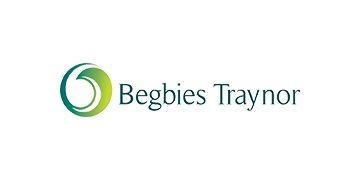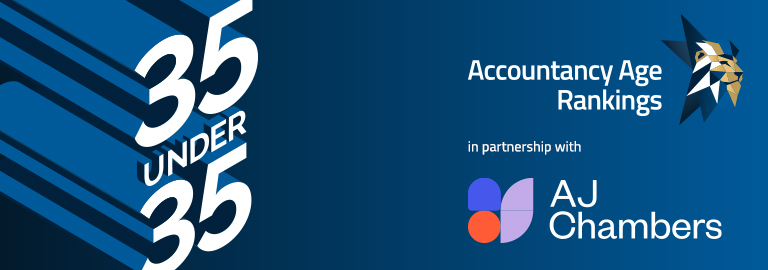Author
Shaun Barton, Company Closure
Date published
December 9, 2024
Categories
Exit planning involves crafting an exit plan for the business to continue ‘business as usual’ following the owner’s exit. An exit plan is essential for business continuity as it provides a clear roadmap for the business.
Where’s the value in exit planning?
An exit plan is in the owner’s best interests as it preserves business value, protects revenue streams, and reduces exposure to risk following the propitiator’s exit.
- Seamless transition – An exit plan reassures stakeholders that a clear ownership and management structure will be maintained post-exit. It also provides clarity to employees regarding future employment and minimises disruption to suppliers and consumers alike.
- Contingency plan – While exit planning is often associated with a timed exit, it also functions as a contingency plan and provides direction and control in the event of an emergency or an unplanned exit.
- Business value – Major changes to trading conditions, tax legislation and consumer demand can influence the decision-making process behind an exit strategy and the timeline, and therefore, must be factored into the planning stage to maximise business value.
- Tax liability – Exit planning is intertwined with tax planning and can be used to mitigate tax liability when considered strategically. As tax legislation is updated throughout the years and new measures come into play, exit strategies must be revised in view of these changes to maximise tax savings.
- Controlled exit – A formal exit strategy is the key to a controlled exit as it not only provides peace of mind, but also signposts the business following the owner’s exit.
- Preparation time – An exit strategy planned early can give the business owner sufficient time to prepare, such as search for a new owner, upskill existing employees, record existing systems in writing and flesh out a business roadmap.
While an exit strategy is crucial for any business, it must be proactively updated to ensure that the exit route remains fit for purpose under the current and future trading climate.
Initiating a business exit – what are the exit options?
If an owner wishes for their business to go on, the exit plan provides a blueprint of the business and all that a prospective owner requires for the business to prosper.
There are many exit routes available to a business owner, including a business sale, merger, acquisition, employee buyout and more.
- Business sale – To initiate a business sale, the business must be professionally valued to provide an indication of worth which can be used as a starting point to set a sale price. The search for a buyer can be facilitated by a business transfer agent or a broker.
- Merger or acquisition – If the business is of substantial value, a merger or acquisition may be considered to multiply the market share of the business and secure a new owner with vested interests.
- This can pave the road to a flexible exit as the business owner may be given the freedom to determine their level of involvement with the business post-acquisition/merger. They may choose to relinquish their directorial responsibilities and retain a stake in the business, collaborate in a consultant capacity, or step away completely.
- Succession planning – To secure the future of a family business, a successor is often named in good time to ensure they have sufficient time to learn the ropes, train and acquire the necessary skills.
- Management or employee buyout – A management or employee buyout is in the same vein as succession planning, albeit the inheritor is an employee or management staff. This route is popular with businesses that offer specialist services and require a leader with a niche skill set.
- Senior employees are often the custodians of a business and valued contributors with indispensable experience and knowledge. An employee or employees with an entrepreneurial spirit, a comprehensive understanding of business operations and access to funding may consider a buyout to keep the business active.
- Liquidation – If the business owner prefers a clean end to the business, a Members’ Voluntary Liquidation, a formal company liquidation procedure for solvent companies is a highly tax-efficient exit tool. An MVL provides a route through which company directors can extract retained profits and bring the business to a seamless close. A Members’ Voluntary Liquidation must be performed by a licensed insolvency practitioner.
- Initial public offering – If the business exceeds growth targets and is well propped to go public, an initial public offering can give investors the opportunity to buy into the business. This route is reserved for larger businesses with much growth potential.
The suitability of an exit route will be primarily determined by the value of the business and whether the owner wishes for the business to go on or close shop.
Exit planning is key to self-sufficiency
An exit plan can take years to formulate as the business evolves, so the key is to craft it early with the help of professional advisers. It must be comprehensive and provide all the insight that’s required for a business to operate in a self-sufficient manner which can boost its value.

